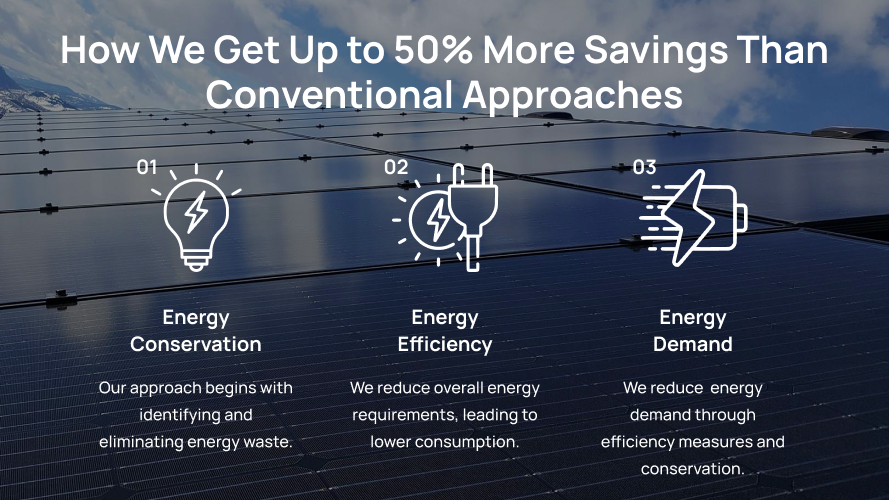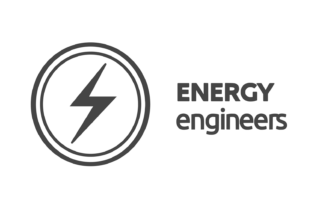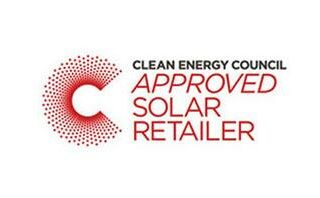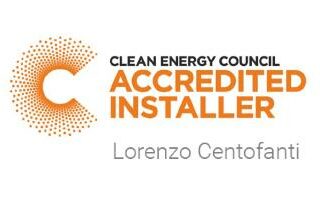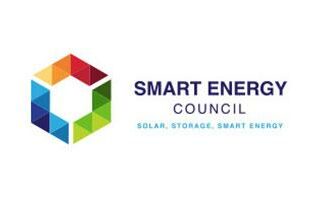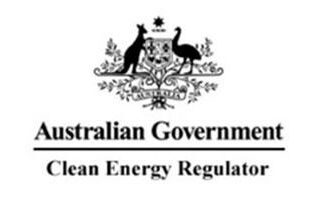Trusted by
Efficient Monocrystalline Commercial Solar Panels
Draw out the maximum amount of solar energy even in areas of low sunlight with innovative Monocrystalline solar panels.
Engineered for maximum efficiency, Monocrystalline commercial solar panels boast a single crystal structure that captures sunlight with unparalleled precision.
At Sustainable Savings, we help you elevate your business with a sustainable energy solution that not only reduces utility costs but also minimises your carbon footprint.
Designed to withstand harsh Australian conditions, these panels offer exceptional durability and long-lasting performance. With a commitment to renewable energy, our monocrystalline solar panels provide an intelligent investment for businesses seeking reliable power generation.
Join the clean energy revolution by speaking to a member of the team on (08) 7120 6366 for more information or an obligation-free quote.
What Are The Best Monocrystalline Solar Panel Brands?
The best types of monocrystalline commercial solar panels are those that combine high efficiency, durability, and reliable performance.
Leading brands, like SunPower, are known for their top-tier monocrystalline panels. These panels often incorporate advanced technologies like PERC (Passivated Emitter Rear Cell) and back-contact designs to enhance efficiency and energy production.
When choosing the right solar panel manufacturer for your needs, it’s important to consider factors such as efficiency ratings, warranty terms, and the reputation of the manufacturer.
Need a little help making your choice? Reach out on (08) 7120 6366 today for more support.
What Factors Affect Monocrystalline Commercial Solar Panel Cost?
The cost of the average monocrystalline commercial solar panel can vary widely based on several factors. These include the panel’s efficiency, capacity, brand, installation complexity, and any additional equipment needed.
Here are the specific factors that can affect the cost of monocrystalline commercial solar panels in Adelaide:
1. Panel Efficiency: Higher efficiency panels can generate more electricity in a given space, but they often come at a premium price.
2. Panel Brand and Quality: Established and reputable manufacturers may charge higher prices for their products. However, they often come with better warranties and longer-term reliability.
3. Panel Quantity: Larger systems with more panels will generally cost more.
4. System Size: Larger systems will require more panels and potentially more inverters and other equipment.
5. Inverter Type: High-quality inverters may come at a higher upfront cost but can offer better performance and reliability.
6. Installation Costs: Labor costs for installation, including permits, labor, and equipment, are a significant part of the overall cost. The complexity of the installation, such as roof conditions and site-specific factors, can also influence labor costs.
7. Location and Site-specific Factors: Local factors such as roof orientation, shading, and weather conditions in Adelaide can affect the installation process and costs.
8. Government Incentives: Government incentives, subsidies, and rebates at the state and federal levels can reduce the cost of installing monocrystalline solar panels. Be sure to check for available incentives, as they can vary and change over time.
9. Financing Options: Consider options such as upfront purchase, solar leases, power purchase agreements (PPAs), and loans.
10. Maintenance and Warranty: High-quality monocrystalline panels typically come with longer warranties and may require less maintenance over time, which can affect the overall cost of ownership.
For a more accurate estimate tailored to your needs, get in touch on (08) 7120 6366 today for an obligation-free quote.
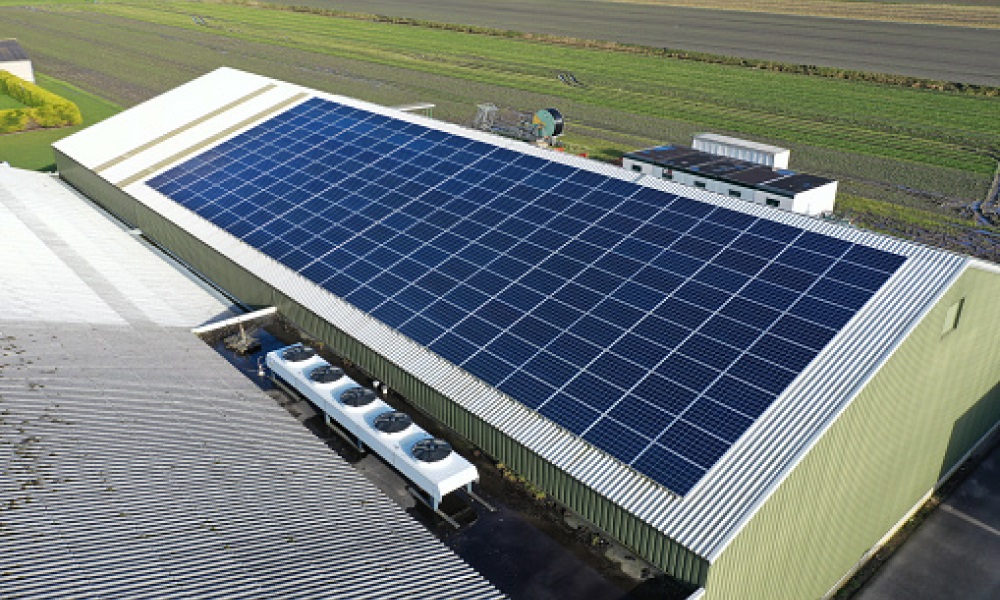
Monocrystalline Commercial Solar Panel Benefits
High Efficiency: Monocrystalline panels are known for their higher efficiency rates compared to other types. This means they can generate more electricity from the same amount of sunlight, maximising energy production on your commercial property.
Space Efficiency: Due to their higher efficiency, monocrystalline panels require less space to generate the same amount of power. This is especially advantageous when your business has limited rooftop space.
Durability: Monocrystalline panels are typically more durable and long-lasting. They are constructed from a single crystal structure that makes them less prone to damage from temperature fluctuations and environmental factors.
Aesthetics: Monocrystalline panels have a sleek black or dark appearance, blending well with various architectural styles and giving your business a modern and professional look.
Performance in Low Light: Monocrystalline panels perform well in low light conditions, ensuring consistent energy generation even on cloudy days.
Long Warranties: Many reputable manufacturers offer extended warranties on their monocrystalline panels, giving you peace of mind regarding their longevity and performance.
Increased Property Value: Installing high-quality solar panels can increase the value of your commercial property, appealing to environmentally conscious tenants or buyers.
Environmental Impact: Utilising solar energy helps reduce greenhouse gas emissions, contributing to a cleaner environment and showcasing your commitment to sustainability.
Potential Savings: By generating your own electricity, you can significantly reduce your energy bills over time, providing substantial savings for your commercial business.
What Is The Installation Process For Monocrystalline Commercial Solar Panels?
